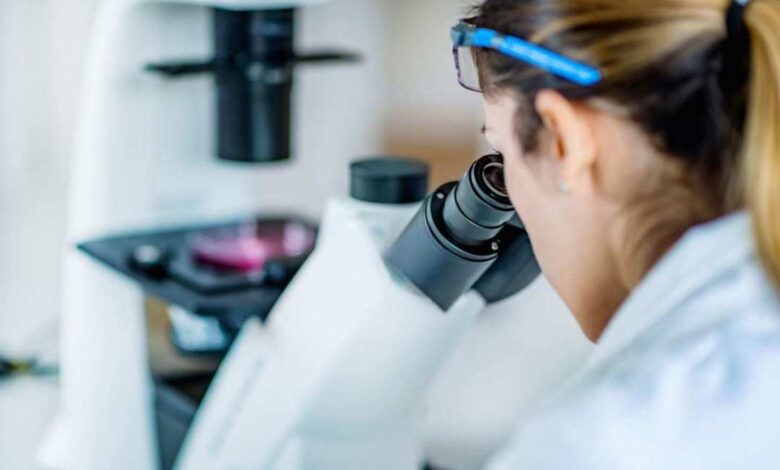5 Must-Know Benefits of Using an Incubator

Refrigerated incubators provide a controlled environment for cell cultures and other laboratory samples. They’re ideal for bacterial count determination, mammalian cells, beer stability accelerated aging tests, and other advanced microbiological procedures. Lab incubator typically control user-specified temperature and humidity conditions. They also offer several contamination controls, such as anti-condensation and air filtration systems.
Temperature Adjustment
Many factors can contribute to temperature fluctuations within your lab incubator. One of the most common is frequent openings of the door. This may be due to sample vial/bottle swaps, candling eggs, or the operation of other equipment inside the incubator. A chilled incubator can help reduce this effect by minimizing temperature fluctuations and heat loss through the door. Chilled incubators use phase change material (PCM) tailored to undergo a controlled phase change at the required incubation temperatures. This enables a quicker cooling-down process and more gentle temperature adjustments. The PCM also eliminates the need for a nucleation source, avoiding supercooling or superheating. This translates into more accurate results and lower energy usage.
Stability
A lab incubator is a perfect tool to provide stable sample conditions. Achieving precise temperatures, these units create an ideal environment for cell and tissue sample growth in areas like zoology, pharmaceutical research, food science, and microbiology. Unlike other cooling systems that use chemical refrigerants, incubators have no harmful gases and utilize Peltier technology for energy efficiency. This means less environmental impact and fewer costs for your laboratory. Many incubator models include ports and outlets for additional equipment to operate inside the chamber while running. Some even come with a molded glass door that allows you to see your samples easily. Other options include water-jacketed models that feature a wall of water to maintain temperature during power outages. However, these can be heavy and require a long time to empty before moving.
Humidity Control
Your samples may dry out if your lab incubator cannot maintain humidity. This could lead to microbial contamination. Unlike temperature, humidity is a relative variable. The amount of water vapor measures humidity at a specific temperature. This is known as the wet bulb temperature, and knowing the ideal humidity levels is essential. One way to increase the humidity in your refrigerator incubator is to put a pan of water underneath your eggs. However, this only raises the moisture briefly before the tiny water droplets evaporate. A better solution is to use a humidifier. These devices can be attached to the incubator to add water vapor, keeping the humidity stable continuously.
Convenience
These items must stay intact, whether samples, cells, or other specimens. Professional incubators include various features that help prevent spills and contamination. These include air filtration, copper-infused alloy interiors, and ISO 5-level sterilization. Some parts are standard, while others may be available depending on your chosen model. Some incubators use water jackets that uniformly surround chambers, providing a thermal buffer and temperature adjustment. However, these are heavy when full and require an external water source. Refrigerated incubators that use thermoelectric cooling instead of compressors are a more environmentally friendly option. They also have a smaller footprint, meaning you can fit more inside your incubator. This makes them ideal for the forced degradation of antibiotics and protein crystal growth.
Safety
Many experiments and studies require the careful control of numerous variables, including temperature. With the right conditions, a complete analysis or investigation could be successful. Professional incubators offer several features that help prevent errors and provide precise results. Lab incubators use either natural convection or forced air circulation to distribute heat. Gravity convection models rely on the laws of physics; hot air rises, and cool air falls, creating an even temperature. Forced air units use a fan to disperse temperature and reduce the risk of moisture condensation in the sample compartment.



